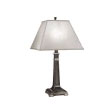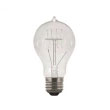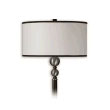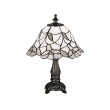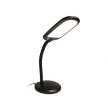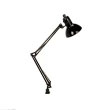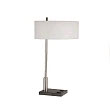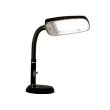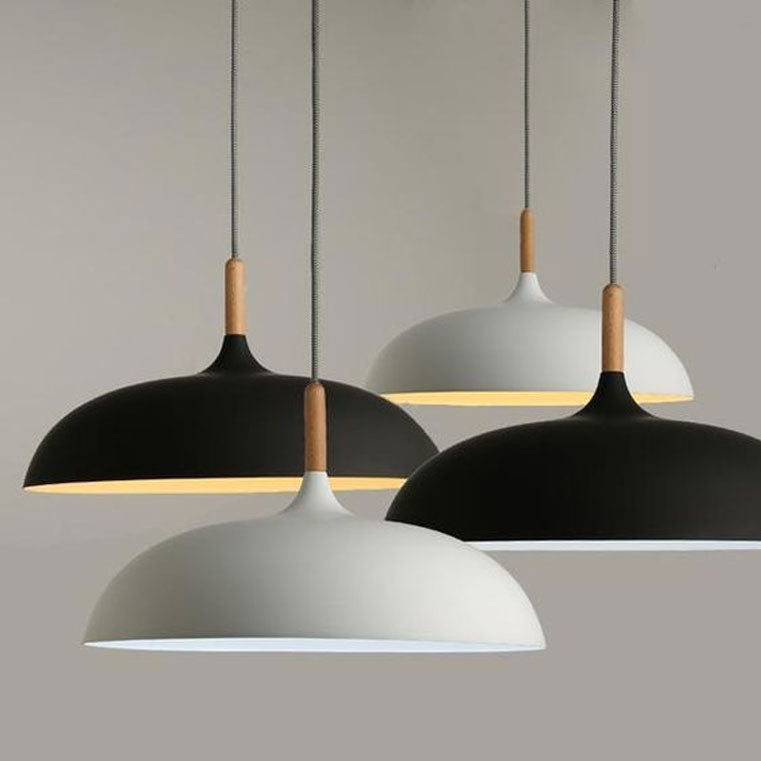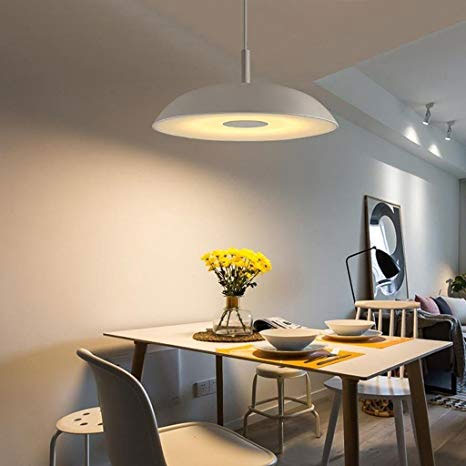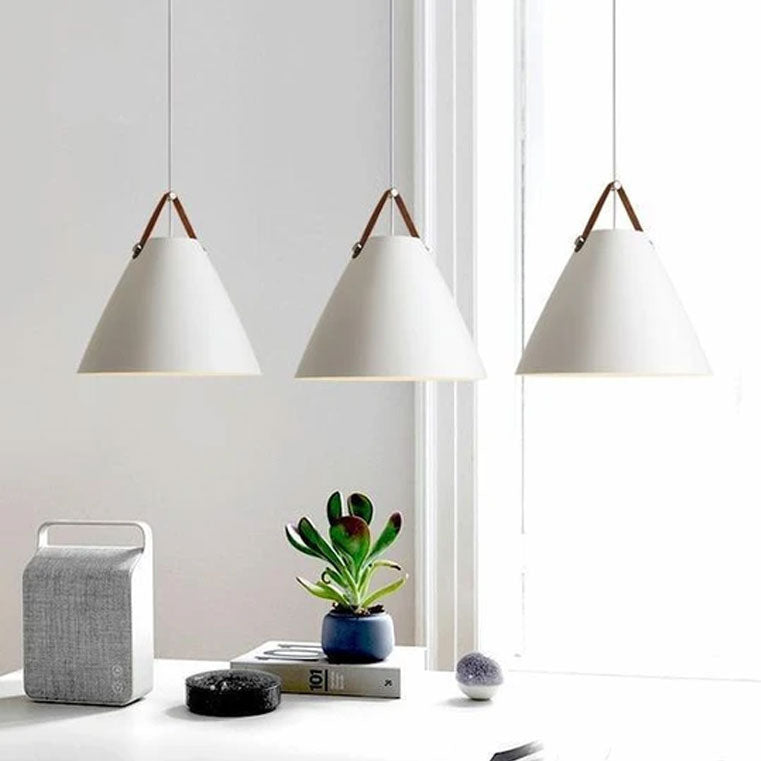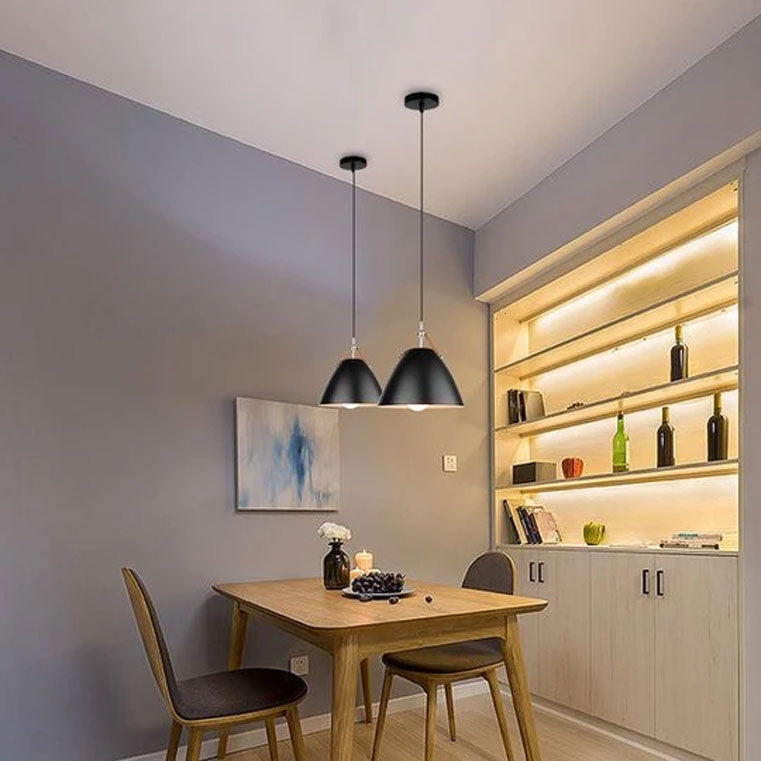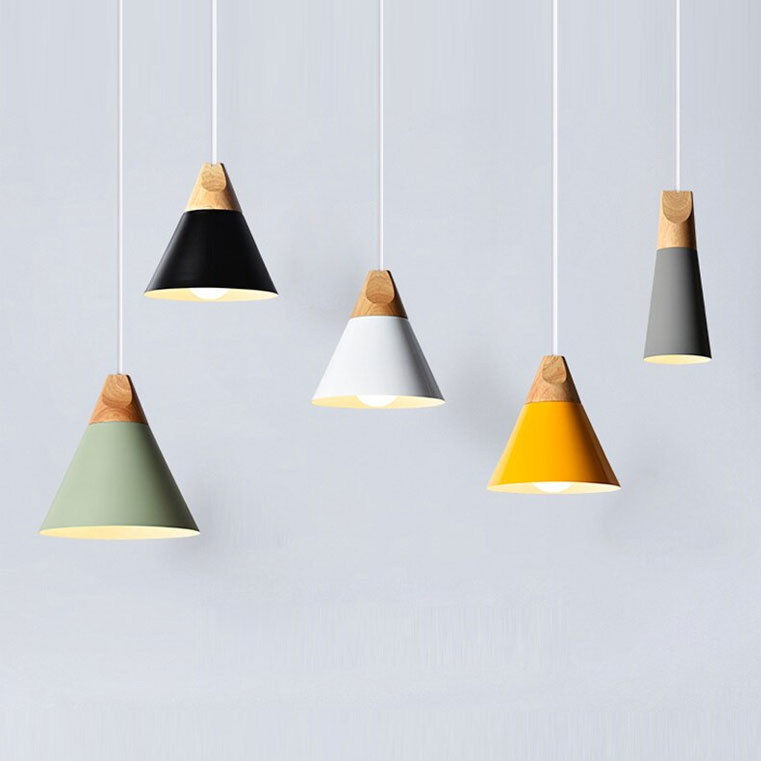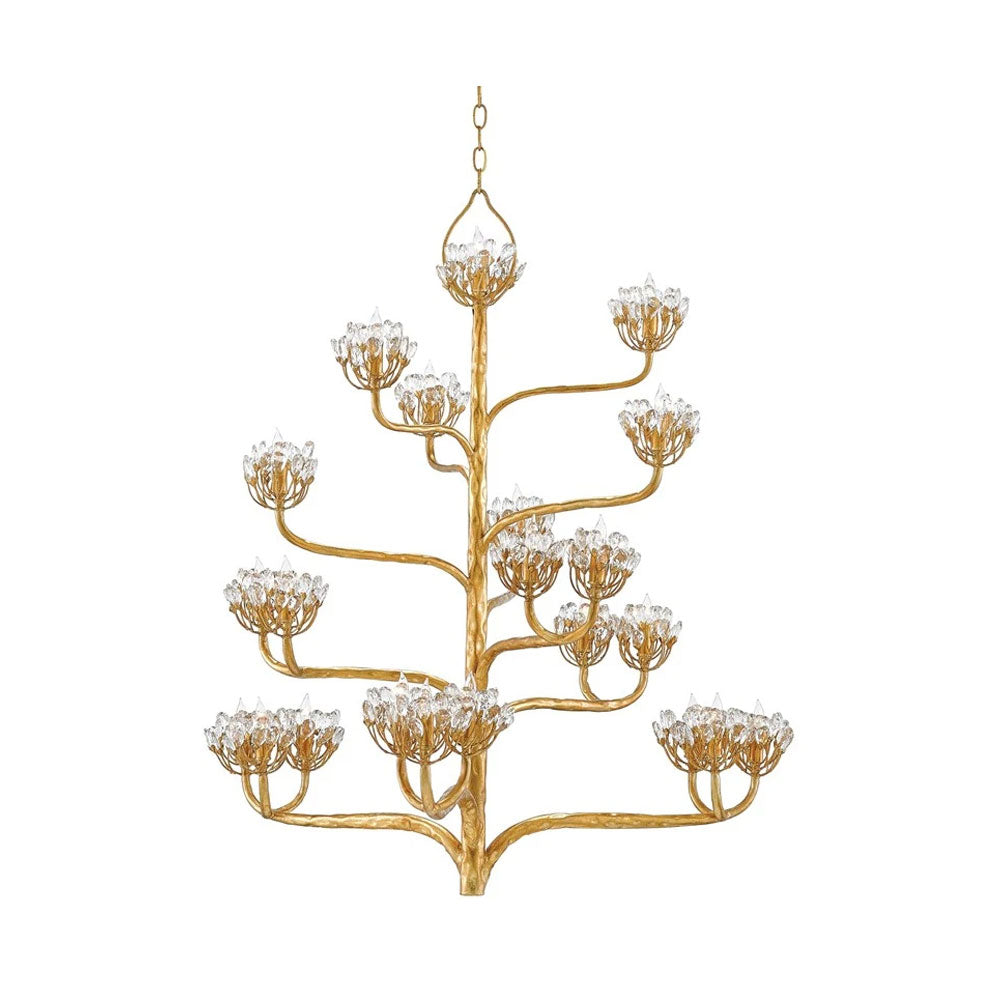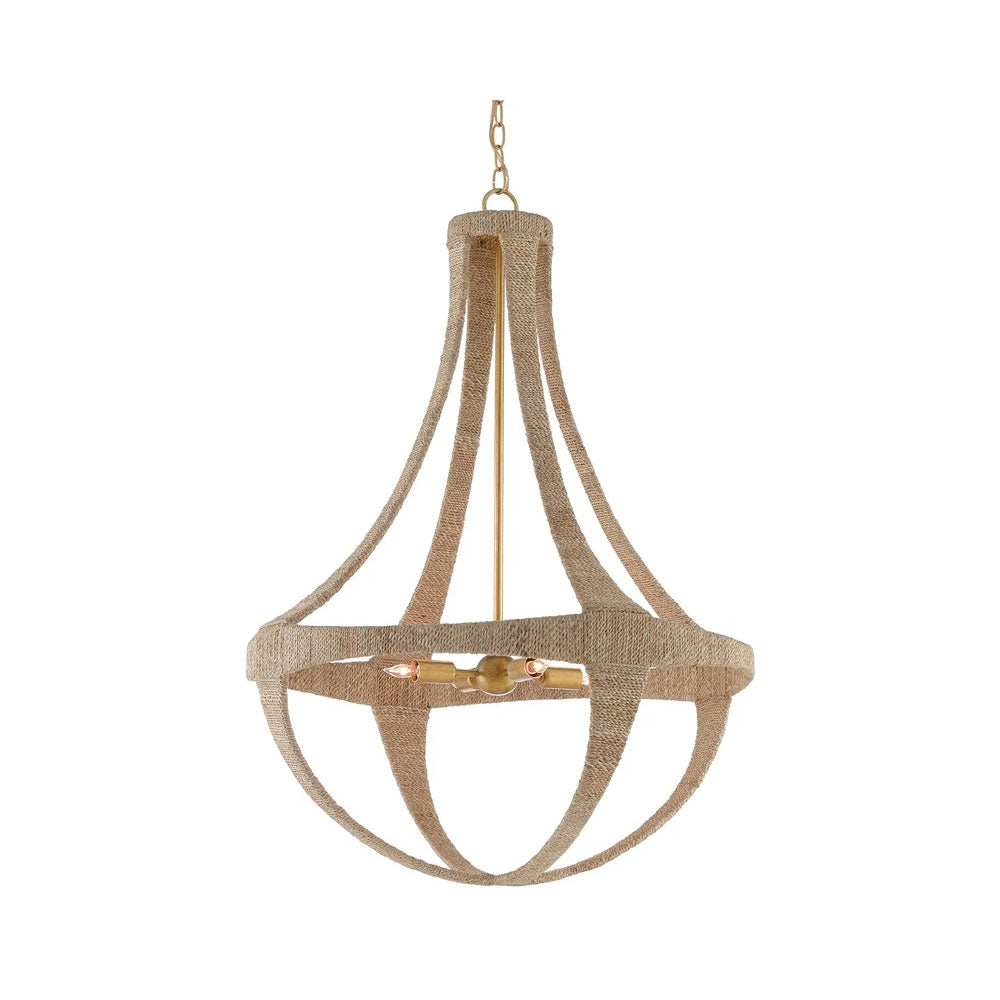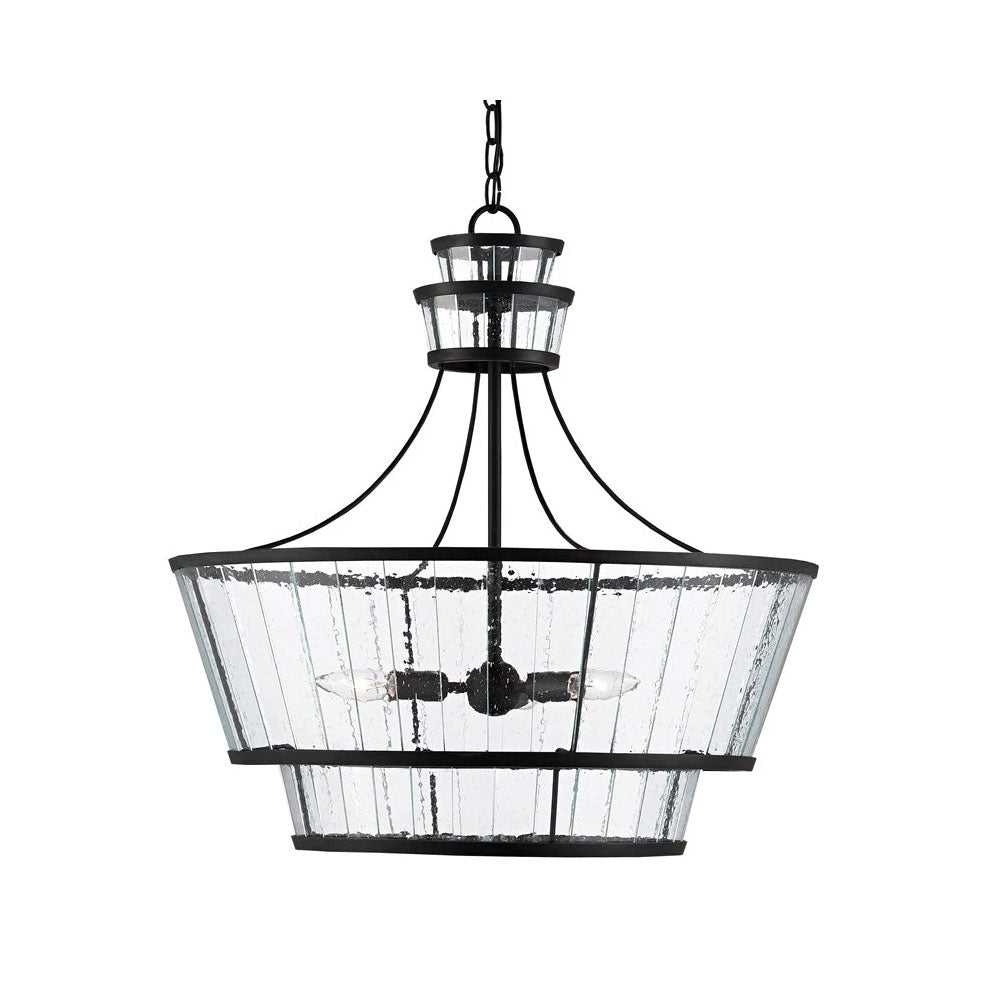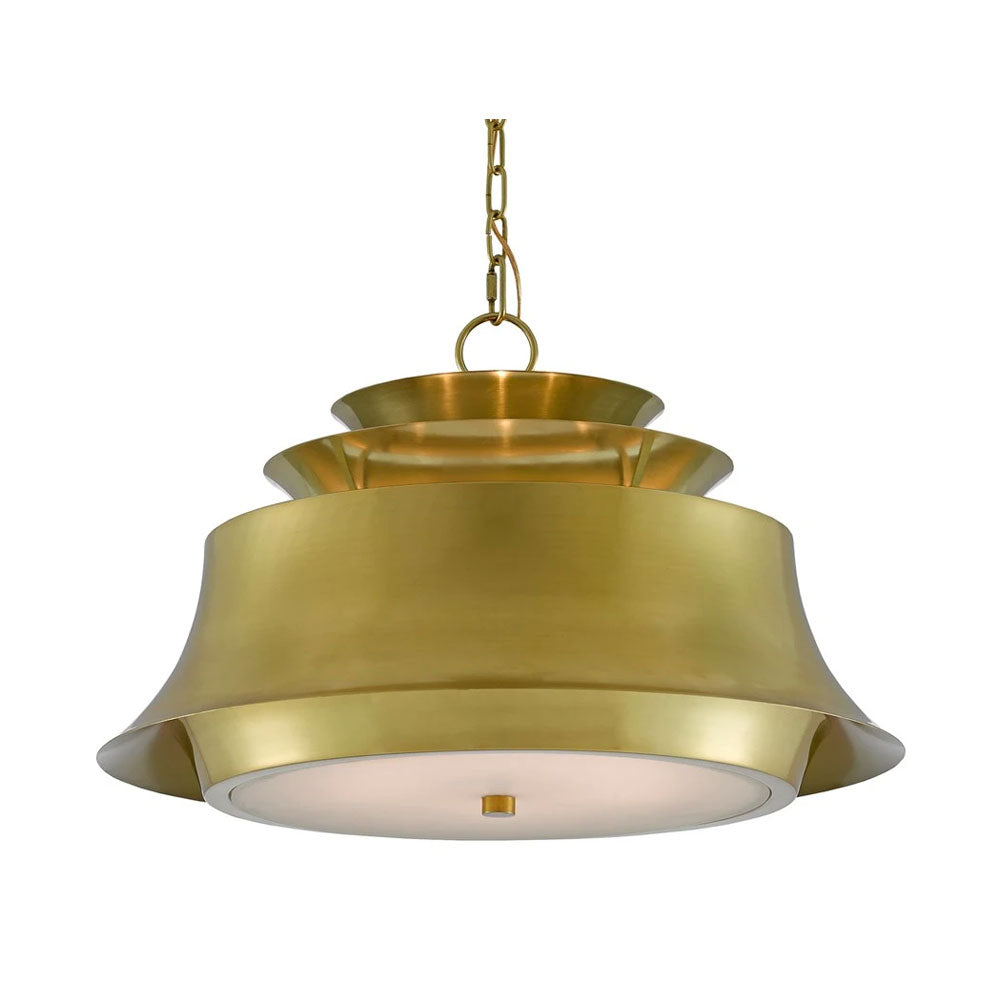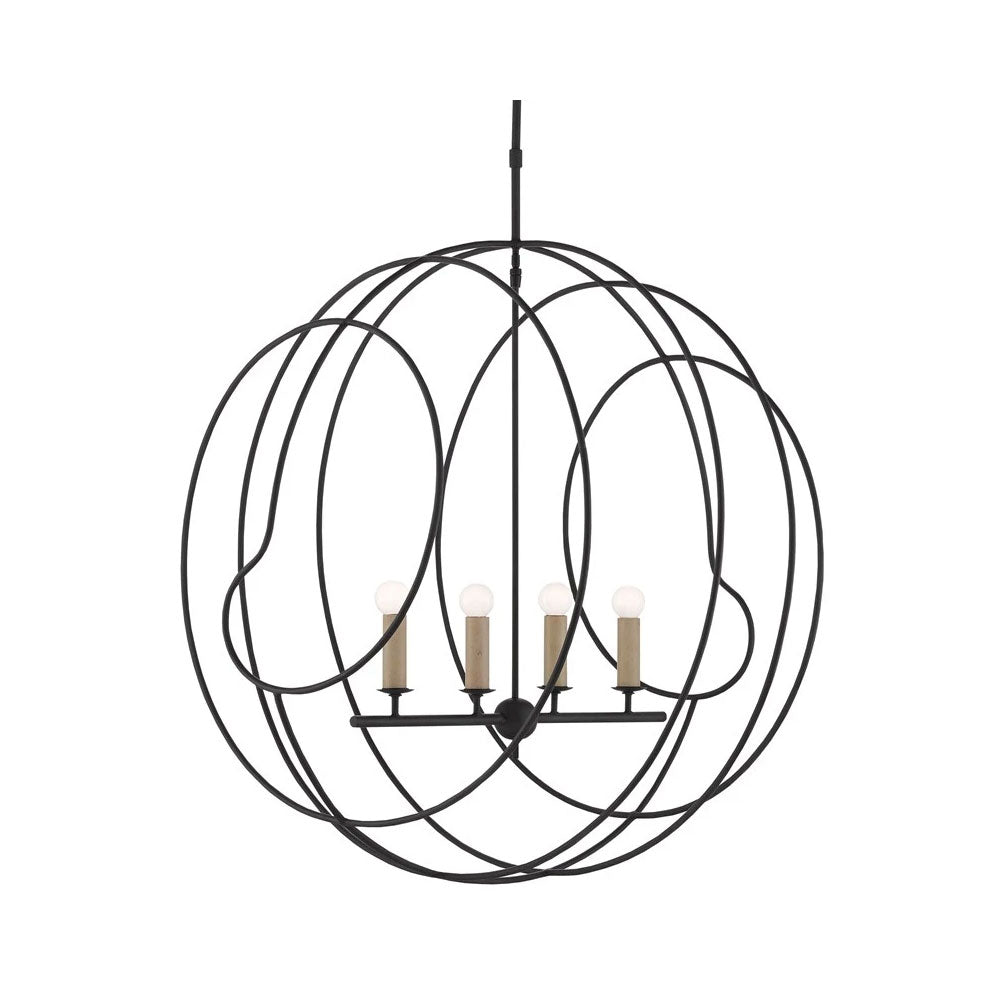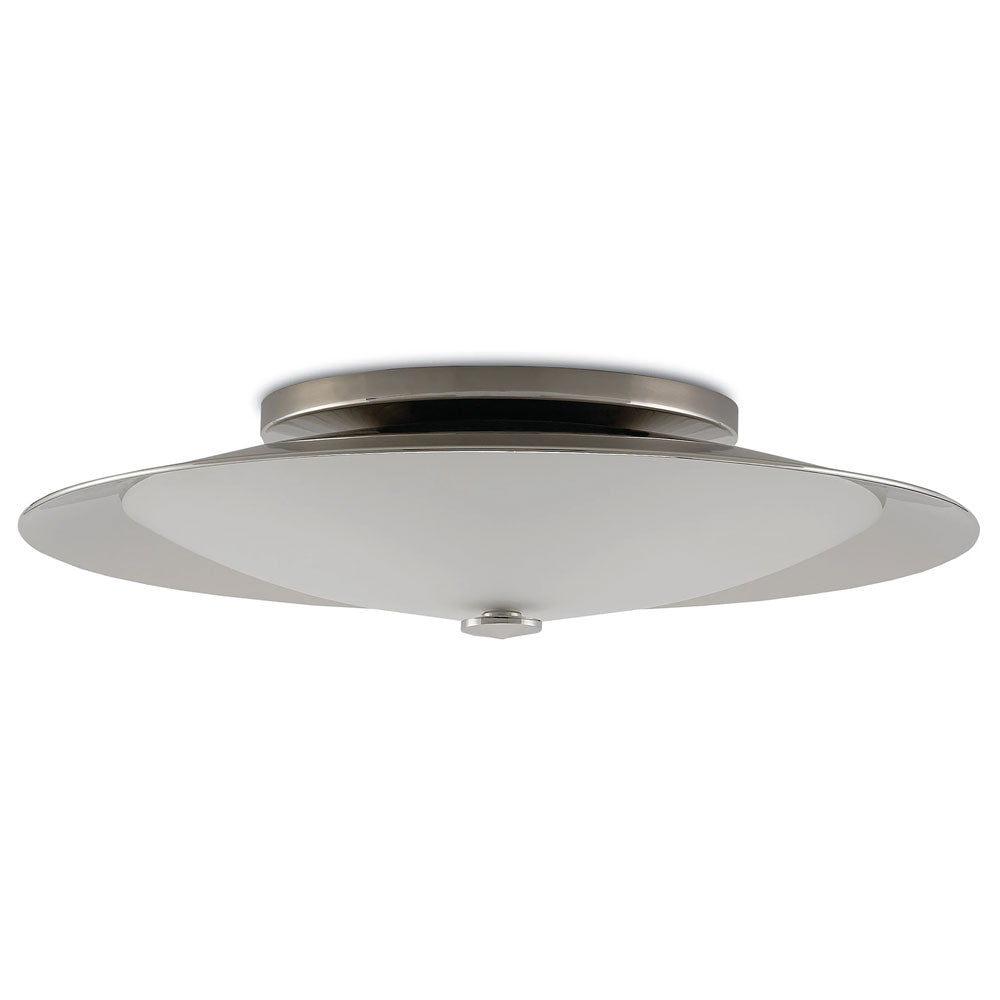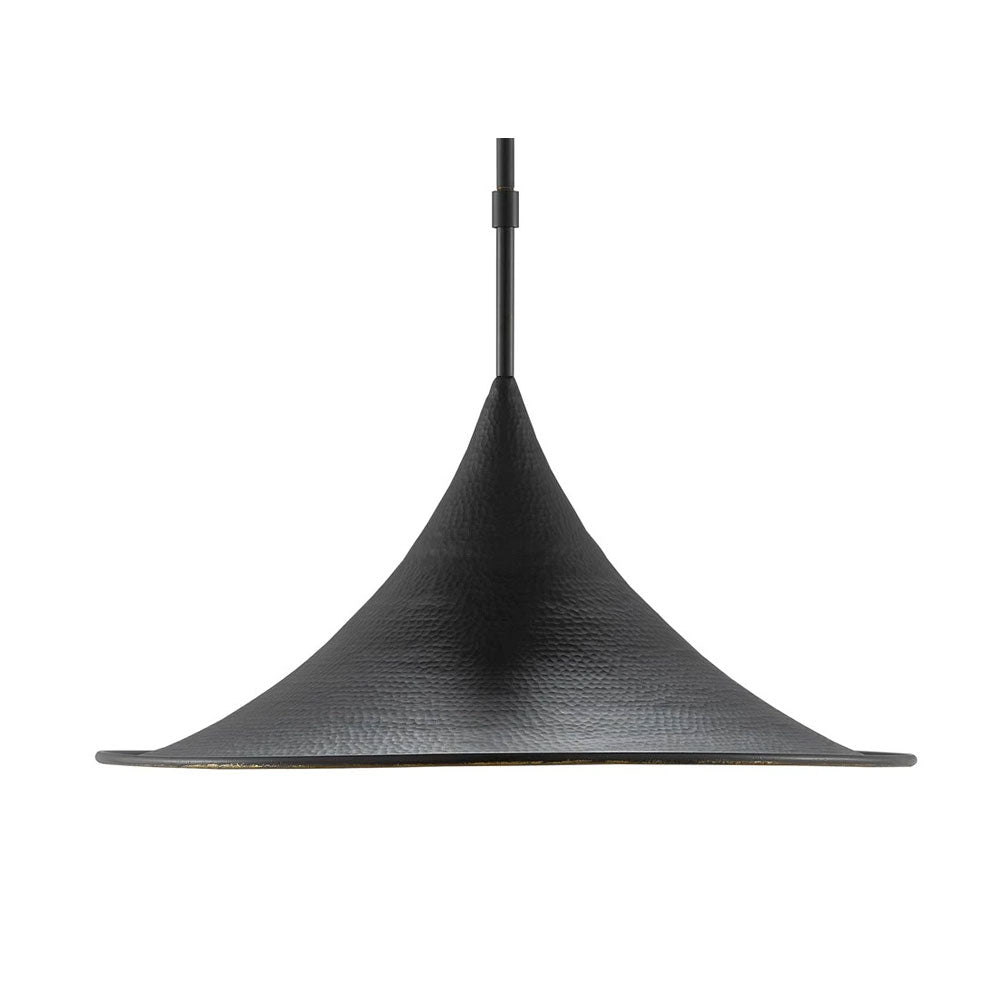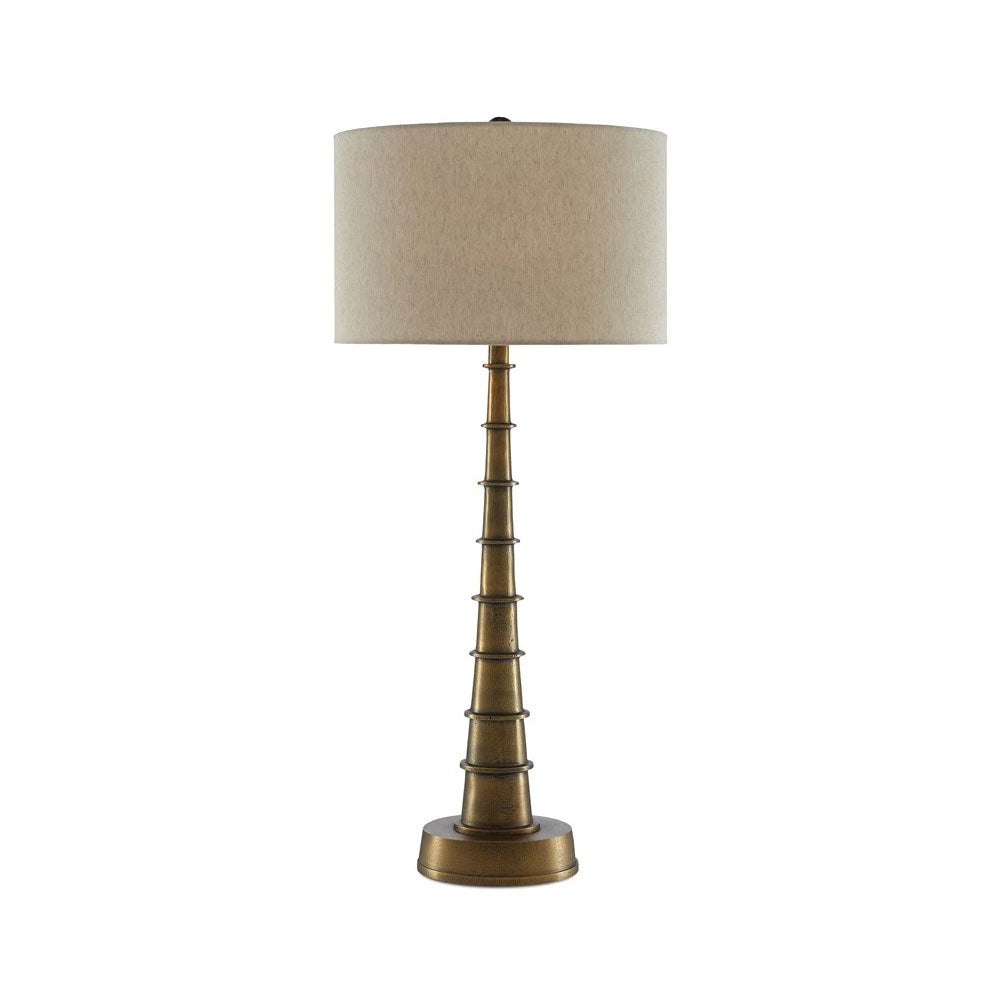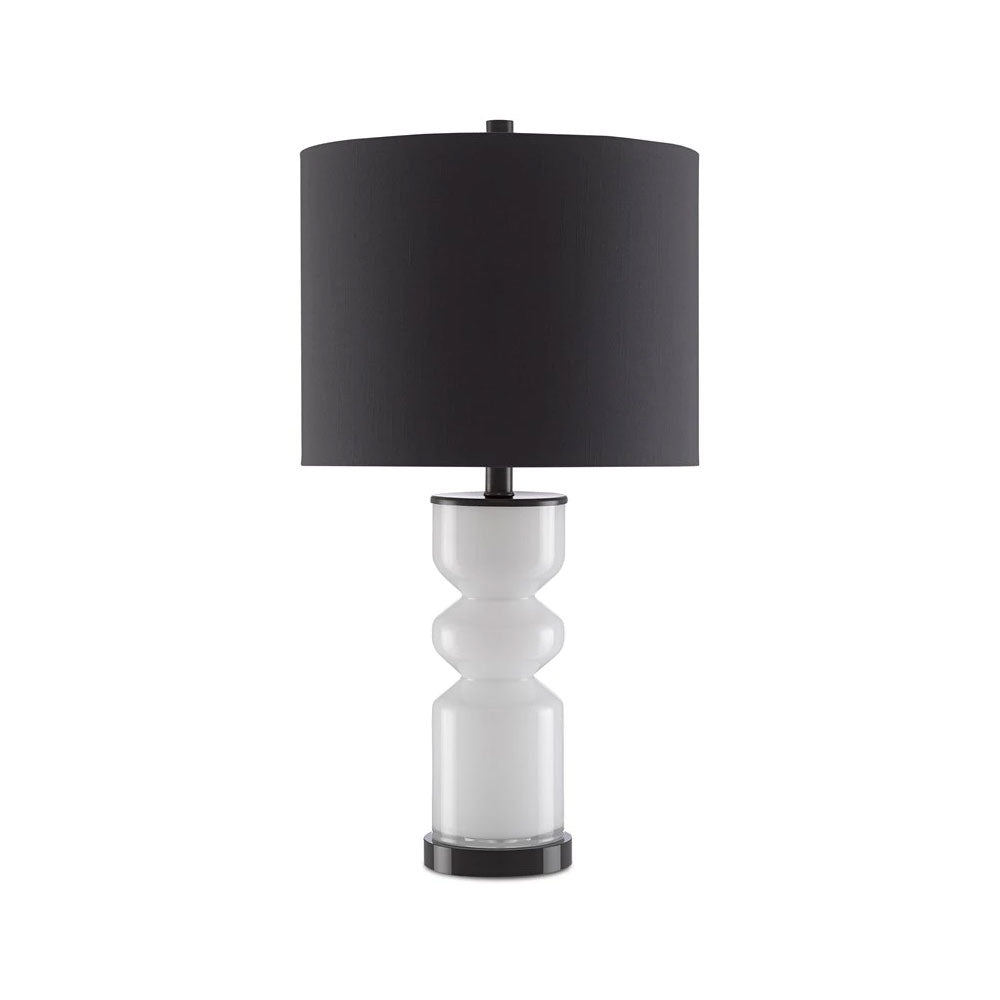© Copyright 2020 by ShopiLaunch. All Rights Reserved
News
It’s a hot, sticky day and you emerge at home from your nicely air-conditioned car. The A/C at home has been on low efficiency – or turned off entirely – while you were at work. It will take a while to move the temperature down to a tolerable level, so in the meantime, you seek out the coolest room in your home. Wouldn’t this be a good time for a ceiling fan?Ceiling fans not only provide that delightful breeze – drying your skin and cooling it at the same time – but they can also save you money. By keeping air circulating around your home, you move the cold air around and the air movement actually helps human bodies stay cooler. In winter, this effect is called the “wind chill,” and the same theory is at work during the summer – but it’s a lot more pleasant. Because of wind chill, homeowners can lower their energy costs by setting a higher A/C temperature – without loss of comfort. Today’s ceiling fans are more efficient than ever, and come in nearly unlimited choices of finish, width, blade count and light. Traditionalists can choose from hundreds of styles in Panama-style fans or cottage-inspired wooden finishes. Find these styles from Casablanca (Panama, Heritage), Kichler (Basics or Eads lines), Minka Aire (Classica, Delano) and Monte Carlo (Penninsula, Homebuilder II). But most ceiling fan manufacturers now offer a stunning selection of contemporary styles – ranging from nearly unrecognizable-as-fans designs to broadly sweeping designs with anywhere from one to eight blades. Contemporary finishes are often metals: brushed nickel, stainless steel, silver and even matte black. Check out the Light Wave from Minka Aire, featuring a sculptural 3-blade design with integrated LED light. Or the Torto from Fanimation – a contemporary design that moves air down at an angle, rather than straight down. There are huggers for lower-ceiling rooms or finished basements and oversized fans (60″, 70″ or even 84″) for high foyers and maximum air circulation. Keep your porch, patio or deck cool this summer with a wet- or damp-rated outdoor fan – also available in a broad selection of metal, resin or acrylic blades to stand up to wilting humidity. Before deciding on a fan, be sure to talk to one of our ceiling fan experts. We can help you choose the right fan for indoors or out and help you sort through the often-confusing number of options including blade pitch, size, downrod length, light kit and speed.
0 Comments
The sparkle and dazzle of a well-placed chandelier defines and enhances the mood of any room. A chandelier that is too large can easily overpower a room and its inhabitants; one that is too small becomes insignificant and decreases the perceived value of the entire space.
By following a few interior design guidelines for choosing the correct size, you will maximize the impact of the fixture. Room size affects chandelier size, but the type of space also affects the size.1. Measure the width and length of the room. Add these two numbers together and consider the resulting figure as inches rather than feet. This is the diameter of the chandelier that will best suit the room. Allow 2 to 3 inches of chandelier length per foot of wall height. For example a dining room with 10-foot ceilings, 16 feet wide and 18 feet long, can accommodate a chandelier 34 inches in diameter and 20 to 30 inches in length. This calculation is particularly well-suited to a chandelier hanging in the center of the room and over the major piece of furniture or focal point, as in a dining room.
2. Define the area in a large room of several conversation areas or functions with a table or area rug. Use half the table width as the diameter guideline for the chandelier over a focal point table. Use the length and width of the area rug added together and called inches as the chandelier diameter over a conversation area rug.
3. Calculate the diameter of multiple chandeliers over a focal point by dividing the diameter of the table by the number of hanging chandeliers plus 1. For example, a table 54 inches wide would be best partnered with two chandeliers 18 inches in diameter, hung 18 inches apart over the center of the table.
4. Choose a rectangular chandelier for a rectangular table that is in keeping with the proportions of the table. For example, for a table that is 54 inches wide and 72 inches long, the diameter should be 27 inches. Subtract 27 inches from the length of the table for the result of a length of 45 inches. The rectangular chandelier best proportioned to this table would be 27 inches wide and 45 inches long.
5. Consider that a stairwell has a perceived wall height of two stories and calculate the length of the chandelier accordingly. Two-story entries should be treated similarly.
6. Hang the chandelier so the bottom is no less than 30 inches from the table surface in a dining room and no less than 7 feet from the floor in a hallway or stairwell. These guidelines will affect the length of the piece, so adjust accordingly.






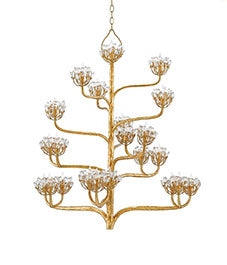
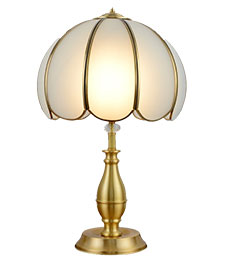
 English
English
